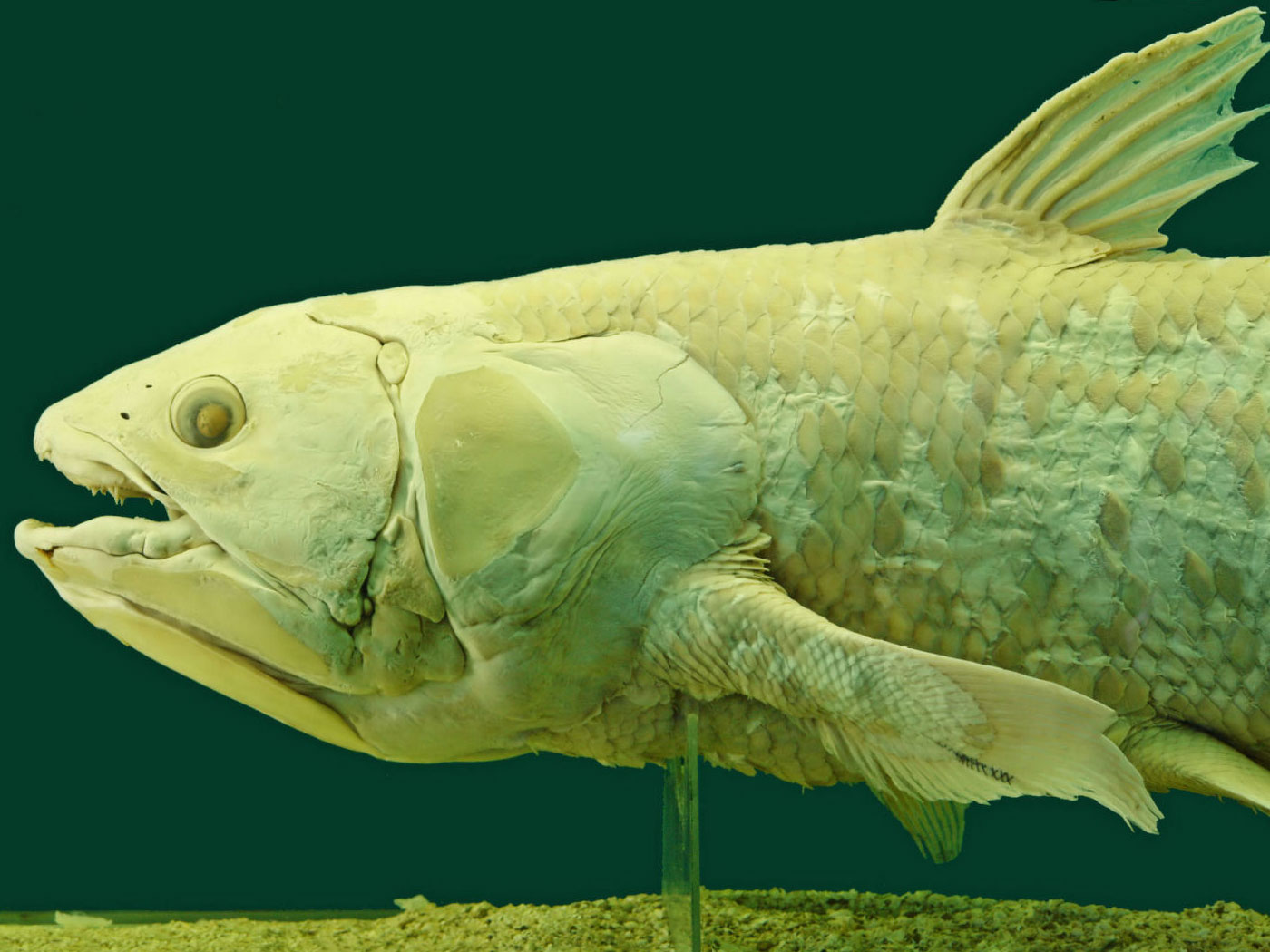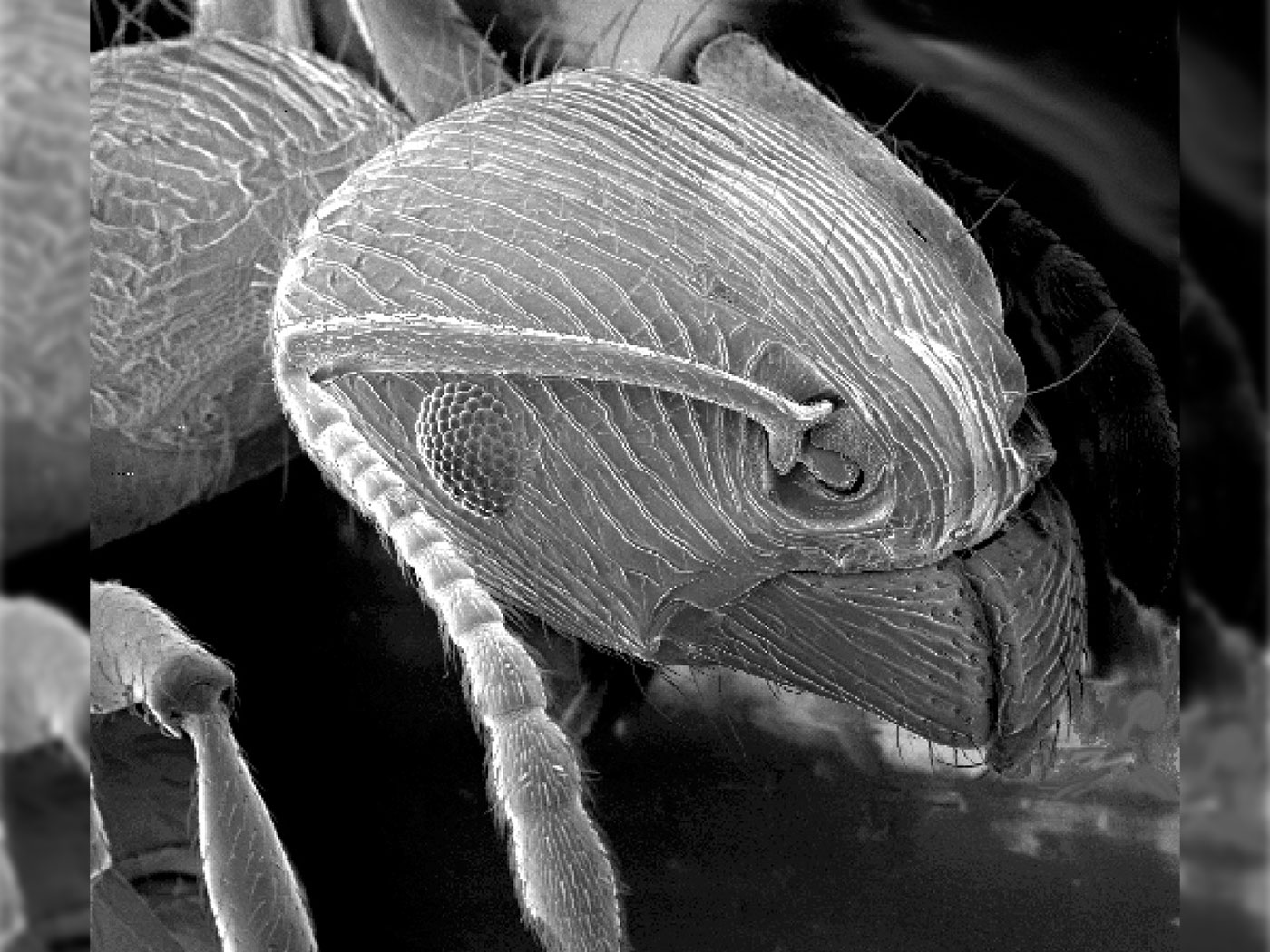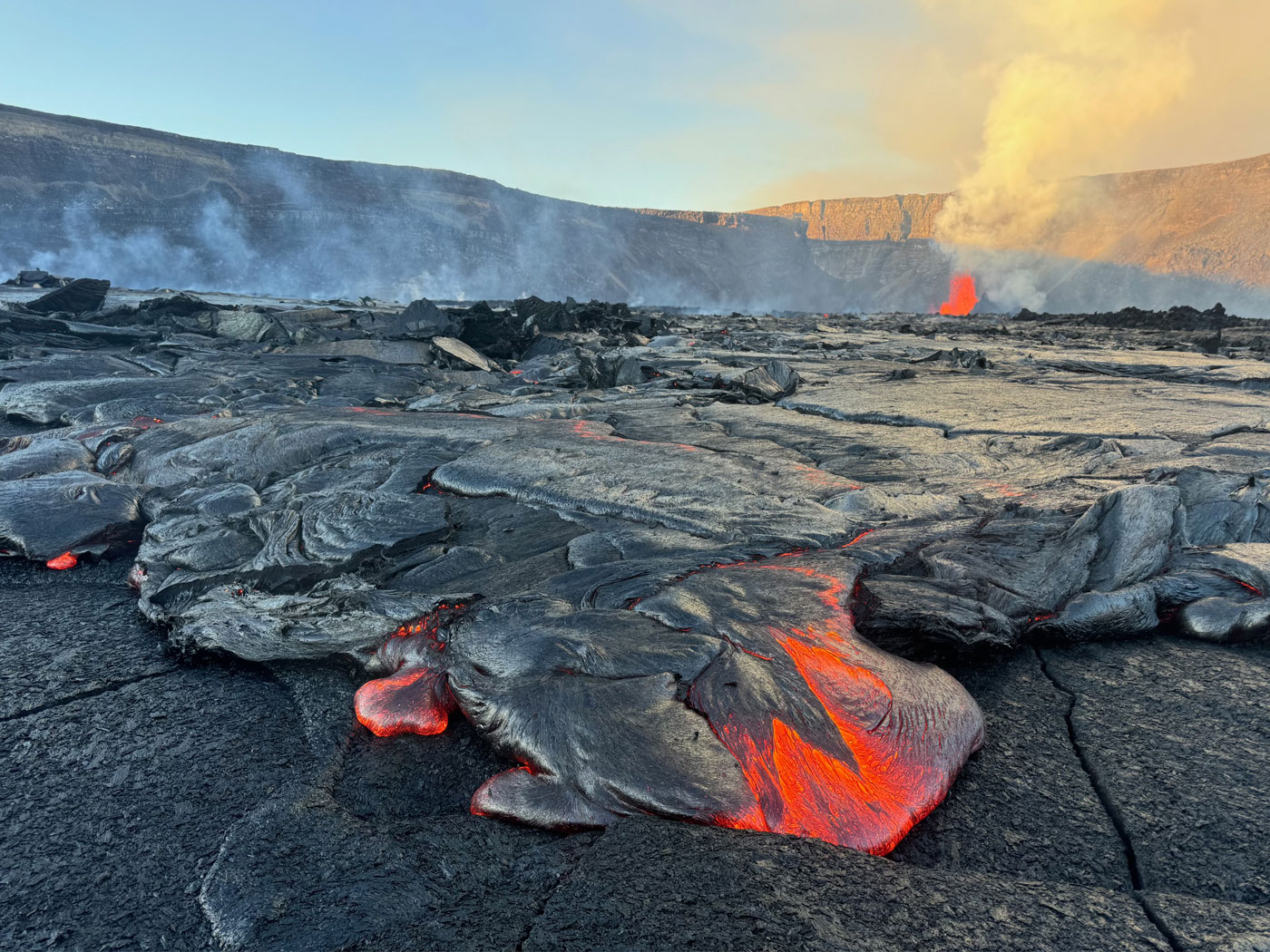The origin of snake venom has been a long-time mystery to both creationists and evolutionists. Interestingly, new research confirms that the same genes that encode snake venom proteins are active in many other tissues.1
According to the biblical record, God’s creation was originally void of death, disease, and violence. Because of Adam and Eve’s rebellion, the whole of creation became subject to a curse that resulted in snakes with venom, stinging arthropods, and countless diseases. One of the chief questions facing creation biologists and geneticists is how venom was manifested in the genomes and cellular biology of creatures. A new scientific model that explains this paradox is gaining credibility thanks to a variety of studies in different types of organisms.2,3 In this model, genes and their regulatory sequences have either been corrupted and/or lost through genome degradation to bring about scenarios in nature that seem to defy the original harmonious purpose of God’s creation.
In a published study earlier this year, scientists took a fresh approach and looked for explanations of snake-venom origins outside the standard evolutionary paradigm. According to evolutionary ideas, it was believed that new venom genes were produced by the duplication of other standard body genes.3,4 In their work, the researchers analyzed gene expression in venom glands and other body tissues in a wide variety of venomous and non-venomous snakes, and even the gecko.
In stark contrast to the typical evolutionary story, the researchers stated, “We find the hypothesis that snake venom evolves through the duplication of physiological or body genes and subsequent recruitment into the venom gland to be unsupported by the available data,” and, “Indeed for a large number of the gene families claimed to have undergone recruitment we find evidence of a diverse tissue expression pattern, including the salivary gland of nonvenomous reptiles.” The significance of this finding indicates that venom genes are not the products of alleged evolutionary processes, but are important DNA sequences that also serve other purposes in a variety of reptile tissues.
In this new study, researchers used a comprehensive set of 24 reptilian venom gene families and compared them to the non-venomous Burmese python genome along with the gene expression datasets from 12 different python tissues.1 This research confirmed the emerging paradigm revealed by the previous study that the genes that encode venom proteins are actually expressed in many different bodily tissues, and are not specific to venom glands. The difference regarding venom glands is that the genes that encode venom proteins are typically expressed in much greater quantities. This explains the dosage-dependent toxic properties in venom, which is used to immobilize and kill prey. What the physiological purpose of these proteins produced at lower concentrations in other bodily tissues is still largely unknown because it has not been investigated.
Interestingly, the study prior to this also showed that the elevated expression of venom genes was likely due to the genetic corruption of regulatory DNA sequences that act like switches, which ultimately regulate the levels of venom proteins in specific tissues.3,4 Creation scientists would predict this type of scenario resulting from the corruption of genetic information.
These two studies demonstrate that venom genes are likely serving other non-venomous purposes in reptile tissues, and the toxic levels of venom proteins found in modern venomous snakes is probably due to an alteration of regulatory sites in the DNA, causing them to be highly expressed in venom glands (as described in the first publication). This type of genetic model is predicted by creationists who understand the concept that genomes have undergone a process of information corruption, not vertical evolutionary improvement, a process initiated when the creation became cursed.
References
- Reyes-Velasco, J. et al. 2014. Expression of venom gene homologs in diverse python tissues suggests a new model for the evolution of snake venom. Molecular Biology and Evolution. MBE Advance Access. Published Nov 4, 2014.
- Tomkins, J. 2014. Fungal Parasitism Marked by Gene Loss, Not Gain. Creation Science Update. Posted on icr.org September 5, 2014, accessed Dec 9, 2014.
- Tomkins, J. Decoding Snake-Venom Origins. Creation Science Update. Posted on icr.org September 3, 2014, accessed Dec 9, 2014.
- Hargreaves, A.D. et al. 2014. Restriction and recruitment - gene duplication and the origin and evolution of snake venom toxins. Genome Biology and Evolution. 6 (8): 2088-2095.
*Dr. Tomkins is Research Associate at the Institute for Creation Research and received his Ph.D. in genetics from Clemson University.
Article posted on December 15, 2014.


















